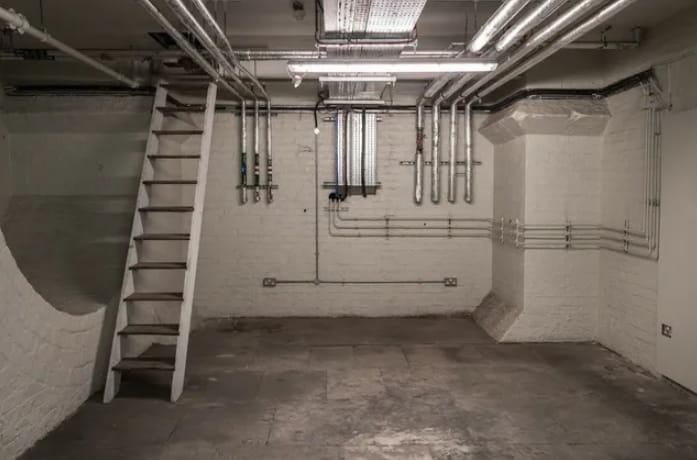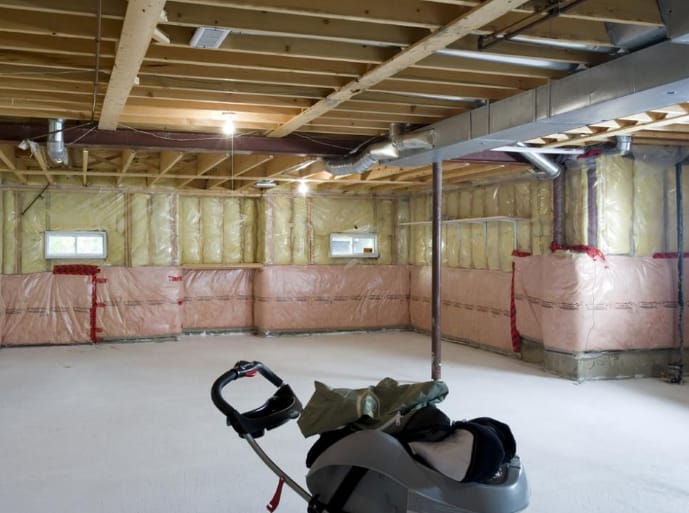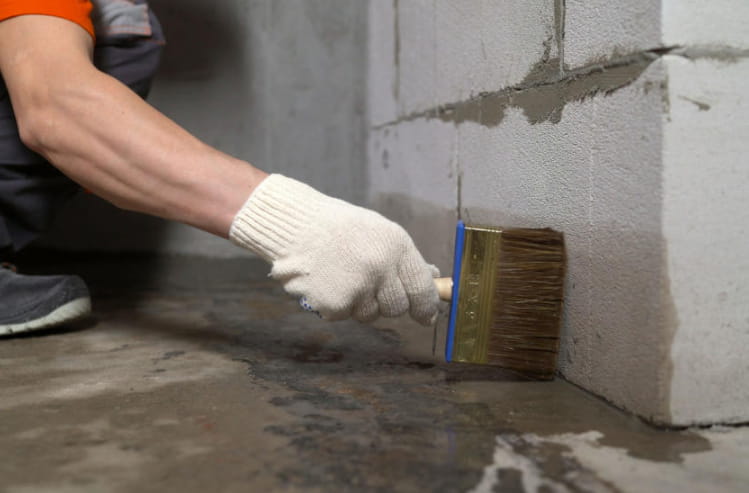Tips to keep your basement dry, what are they? A basement is a smart move for the limited land. Instead of building your house upward, a basement is considered more suitable for certain rooms like a garage or a warehouse. But of course, there are some things to think about to prevent the basement from any problems.
One of the problems commonly experienced is wetness. Yes, when the temperature outside is quite cold like during the rainy season or winter, the basement floor and wall tend to be wet.
Besides, there is also often leakage to occur to cause water to enter. If you just don’t want this problem to happen, you can do some tips below.
Protect Your Pipes from Leakage

Well, one of the sources of wetness in your basement is the leakage of pipes. So, it is important to avoid this problem from the beginning. Insulating pipes around the basement is a good idea although it may take more effort.
Aside from preventing pipes from leakage, it also brings some more benefits. For pipes of hot water, insulation helps you to save more energy. Meanwhile, the cold-water insulation prevents it from freezing when the temperature outside is very low.
Pay Attention to the Foundation Wall
Wetness of the basement can actually be monitored when you are on the upper floor. It is by paying attention to the foundation wall, particularly when the rain is heavy outside. If there is leakage and seepage of water around it, there is a big possibility that the basement wall is wet also.
How can it be like that? The wetness on the surface of the foundation wall means the rainwater doesn’t distribute well. It seeps into the basement area and causes the room to be wet.
The solution is by filling the space of the foundation well with gravel or other materials. It prevents water from going down and wet the basement wall.
Add Ventilation

Wetness in the basement is not always because of leakage or water from the outside. If it lacks ventilation, any room is naturally wet as the temperature inside is moist. To make it worse, the humid wall causes other problems like the growth of fungi and bacteria.
As a solution, make sure to add more Ventilation in the basement. The Ventilation can be placed on the upper area that faces open air outside.
If it is possible, you should put windows to open and close. Windows enable sunshine and air to circulate properly to prevent the basement from being wet and moist.
Apply Waterproof Sealant

Some people use their basements for more important rooms like a living room or even a bedroom. Of course, it will not be comfortable if the wall feels moist although it is not really wet. You can do some attempts to prevent the moist wall.
First, you can apply waterproof paint to avoid any water and wetness from entering the basement area. If it doesn’t work, you can try the second attempt, it is by applying waterproof sealant. The sealant is applicable together with the paint. It will not change the color at all.
